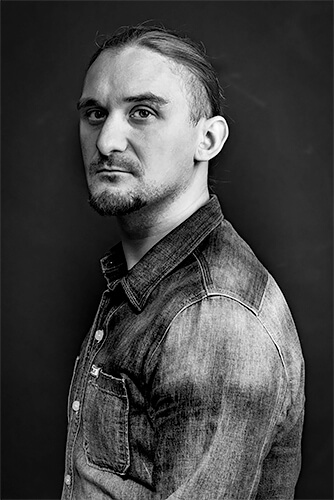Szymon Barylski Polish freelance photographer born in 1984 based in Ireland. He has been published, among others, The Irish Times, National Geographic Poland, The Eye of Photography, Edge of Humanity Magazine. He has had a number of exhibitions in many countries including 3rd Documentary Photography Days in Istambul, MIFA Photography, The SE Centre for Photography- Documentary Photography. His pictures were awarded in many competitions. Szymon is involved in documentary photography and photo essays. Photographing for he is a tool for exploring and learning about the world. He tries to tell a story and show it directly. In his opinion, people are an inexhaustible topic and a source of inspiration. Szymon said: „When traveling, I meet people; as a result, I create the image of my relation with them. The exploration of the environment where I take photos allow me to create emotional and convincing scenes.“ He thinks you cannot photograph the things you do not know well. That is why he prepares himself for each project individually, accurately, going into detail in the newspapers and on the Internet. Next, he looks for an inspiration in other photographer’s photos and conversations, as a result, he can create real pictures. His own narrative presented in his photos are at the same time very personal and common. Szymon thinks that a lot of people can identify themselves with his works. Photographer wish his photos could increase individual and collective awareness about the social, political and economic need and urge people to act, be part of positive changes.
